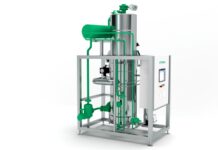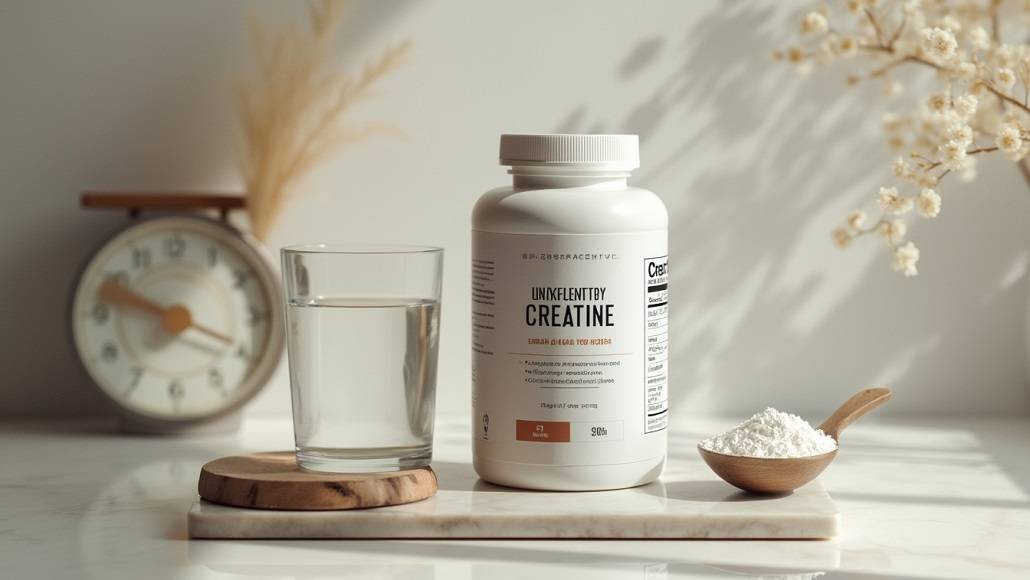Creatine is one of the most trusted and researched supplements for improving strength, endurance, muscle recovery, and even cognitive performance. Yet despite its popularity, many people still have questions about how to take it properly — especially when it comes to hydration, dosing, and special considerations like breastfeeding.
In this guide, we’ll break down three important topics: how much water to drink with creatine, how to measure 5 grams of creatine to teaspoons, and whether it’s safe to take creatine while breastfeeding.
How Much Water to Drink with Creatine
One of the most common questions from first-time creatine users is: How much water should I drink with creatine?
The answer is simple — while creatine doesn’t directly dehydrate you, it does draw water into your muscle cells, which is part of how it enhances performance. Because of this, it’s important to increase your daily water intake slightly when supplementing with creatine to stay well-hydrated and support optimal absorption.
Most experts recommend drinking at least 2–3 liters (8–12 cups) of water daily when taking creatine. This ensures your muscles stay hydrated, helps prevent cramping or bloating, and supports your body’s natural recovery processes. If you exercise intensely, sweat a lot, or live in a hot climate, you may need even more.
It’s not necessary to chug water at once — simply aim to sip throughout the day, especially around your workout. Good hydration complements the benefits of creatine and helps you get the most out of your supplementation routine.
How to Measure 5 Grams of Creatine to Teaspoons
If your creatine supplement didn’t come with a scoop or you’ve lost it, you might be wondering: How do I measure 5 grams of creatine in teaspoons?
Generally, 5 grams of creatine monohydrate equals about 1 heaping teaspoon. However, this can vary slightly depending on the density of the powder and how tightly it’s packed. A level teaspoon is closer to 3–4 grams, while a rounded or heaping teaspoon is usually right around 5 grams.
For the most accurate measurement, it’s always best to use a small kitchen scale. Measuring by weight ensures you’re taking the recommended daily dose, which is important because too much creatine doesn’t offer extra benefits — and too little may not deliver the desired results.
If you don’t have a scale handy, using one slightly rounded teaspoon is a good estimate for your daily dose of creatine. Always mix it well in water or your post-workout shake for even absorption.
Can I Take Creatine While Breastfeeding?
A question that comes up for many new moms is: Can I take creatine while breastfeeding?
Creatine is a naturally occurring compound found in foods like red meat and fish, and it plays a vital role in energy production for your muscles and brain. While it’s considered safe for the general healthy adult population, research specifically on creatine use during breastfeeding is limited.
Currently, there are no known harmful effects of creatine supplementation while breastfeeding. However, because clinical studies on lactating women are scarce, most healthcare professionals recommend proceeding with caution. If you’re breastfeeding and considering creatine to support your energy, recovery, or fitness goals, it’s best to discuss it with your doctor or a qualified healthcare provider first.
It’s important to remember that during breastfeeding, your hydration needs are naturally higher — so if you’re adding creatine to your regimen, make sure you’re also increasing your water intake to support both your body and your baby’s needs.
Final Thoughts
Creatine is a powerful and safe supplement when used correctly. By understanding how much water to drink with creatine, knowing how to properly measure 5 grams of creatine to teaspoons, and considering safety during breastfeeding, you can maximize the benefits of this well-researched supplement.
If you’re looking for a clean, effective creatine formula designed to support strength, recovery, and wellness, GLDN Root Creatine + HMB + Vitamins is a trusted choice that’s easy to use daily.




















